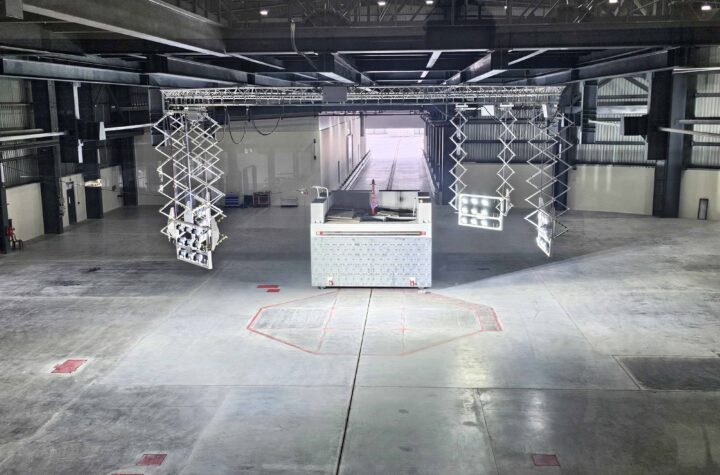
More power, less weight for battery powered vehicles
Consistently high oil prices, global warming and the emergence of more environmentally-aware consumers are fuelling the search for alternative power sources. Electric vehicles have been around since the dawn of the automobile age, and it seems their time has finally come.
According to Takeshi Imamura, executive sales director at Panasonic Automotive Systems Europe GmbH, the company is “dedicated to the on-going research and development of nickel metal-hydride batteries which power HEVs (hybrid electric vehicles) and PEVs (pure electric vehicles),” he says.
Panasonic provides high-performance, highly reliable nickel metal-hydride batteries for electric vehicles, to many of the top car manufactures of the world. “Our aim is to not only contribute to meet customers’ requirements for future vehicles but also to assist societies to resolve and improve their environments by using less energy,” he says. The company has been supplying vehicles as the Toyota Prius, Alphard Hybrid , Estima Hybrid, Honda Civic Hybrid, Honda Insight since 1997.
Panasonic’s new high performance prismatic Ni-MH battery has high power of 1300W/kg, 1.3 times higher than the company’s conventional prismatic battery, and energy density of 46Wh/kg. The number of battery modules per pack has been reduced, taking up 15% less space and saving approximately 25% on weight compared to a conventional prismatic pack, says Imamura.
The view behind
Panasonic is also dedicated to meet the increasing market demand in the field of DAS or drivers’ assistance system by providing safety views with cameras. The camera installation demand in Europe is expected to grow from 40K units in 2005 to 2.6 million units in 2012. Further to the conventional stand-alone rear view cameras currently being supplied to car makers like VW and BMW, Panasonic intends to provide drivers with better viewing assistance with the total system products including the electronic control unit (ECU) to control the multiple view cameras and processing the video pictures.
Studio-quality surround sound
In the area of in-car entertainment, Panasonic has collaborated with five time Grammy Award-winning producer/engineer Elliot Scheiner to market the ELS Surround Audio System. This materialized first in the US, when the sound system was chosen as standard equipment for 2004 Acura TL, luxury sedan. The system has six independent, discrete channels (centre, left front, right front, left rear, right rear and subwoofer) of audio source material. It features the first six-disc, in-dash DVD-Audio/CD changer radio that plays DVD-Audio discs, DTS CDs and standard CDs. The unit plays the six, discrete channels of DVD-Audio in high-resolution 24-bit, 96kHz, and can also play DVD-Audio 2-channel recordings at 24-bit, 192kHz. Panasonic Automotive Systems Europe’s sound strategy takes a European specific approach as well. While the Digital Audio Broadcast (DAB) system will be the main foundation for broadcasters after the projected abandonment of analog FM services in Europe between 2010 and 2015, in further enhancing its usability, the researchers at Fraunhofer Institute für Digitale Schaltungen (IIS) has developed “Spatial Audio Coding” (SAC), an add-on feature to DAB. The newly defined coding scheme allows fully discrete surround sound transmissions over DAB with a minimum overhead of 16 kBit/sec, while still maintaining the downward compatibility to stereo. Panasonic, in collaboration with Fraunhofer IIS and DAB operator T-Systems, will present this technology at the IFA in Berlin, the world’s largest consumer electronic show in early September 2005. Incidentally, Digital Radio Mondial (DRM) or Am digitalization will also be demonstrated at IFA. The Main driver is Luxemburg based RTL, a leading European broadcasting corporation. Panasonic Automotive Systems Europe will support this activity by presenting the first prototype of a DRM capable car radio.









More Stories
Essential Features to Look for in ADAS Calibration Systems
Your Guide to Filing a Car Accident Claim
Steps to Take Immediately After a Car Accident